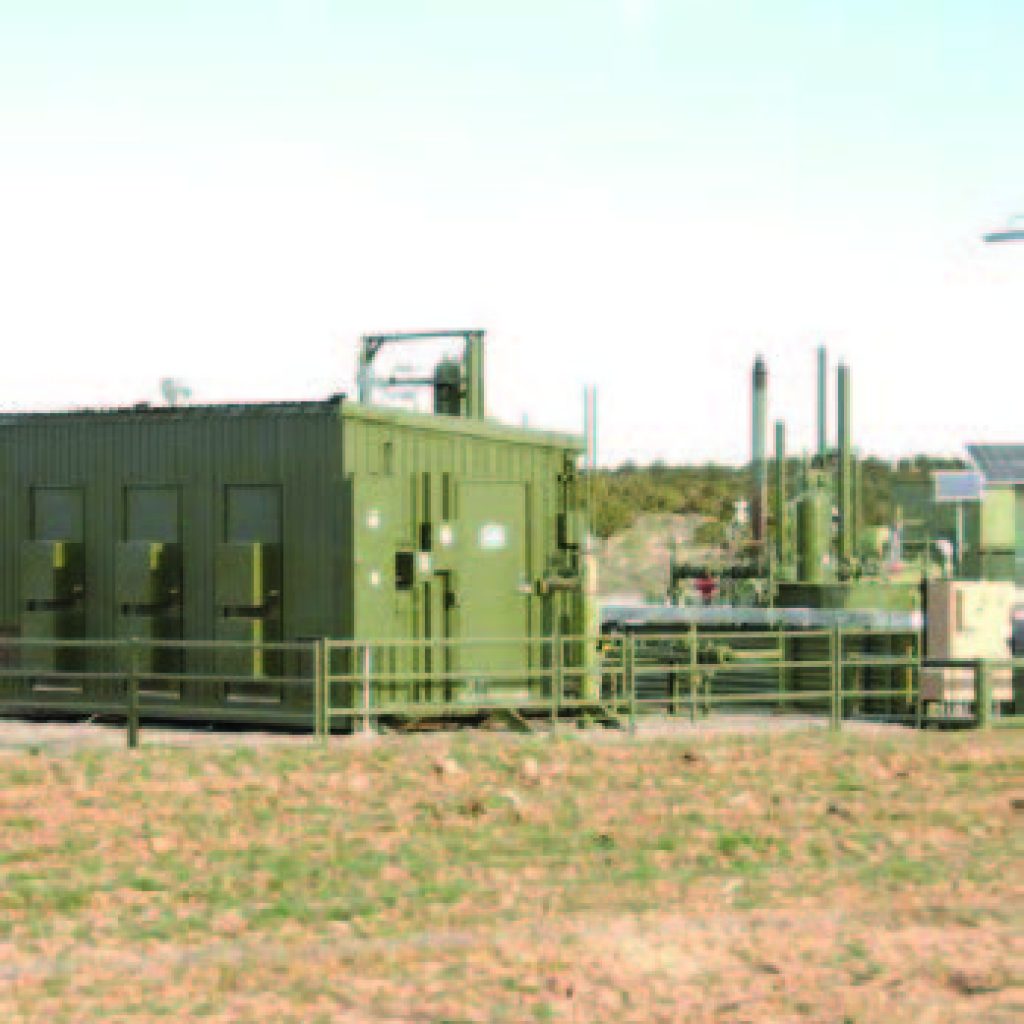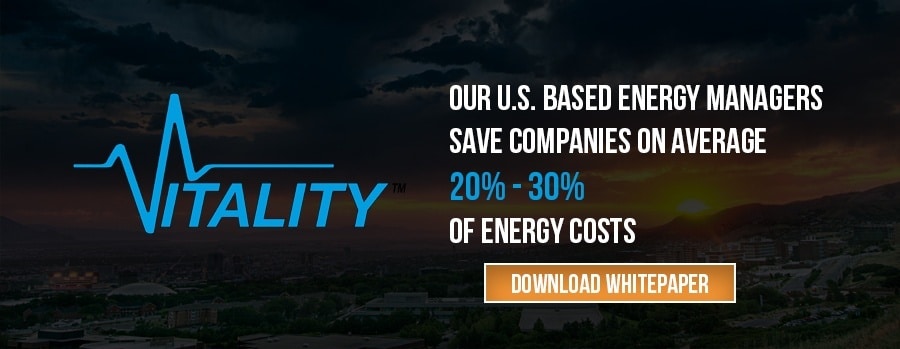Vitality Energy is pleased to continue it’s research into technologies that help companies and organizations reduce energy cost and improve operational efficiency. This post is the first post of a series of case studies into the power of Microturbine technology.
Eight C65 microturbines power collection facility
Location:
Southwestern United States
Commissioned:
February 2015
Application:
Central gathering facility
Fuel:
Wellhead natural gas
Technology:
8 65kW Capstone microturbines
Case Study:
One Horizon Power Systems customer is a well-known large producer with more than 150 Capstone microturbines that power remote and unmanned multi well pads in the Southwestern United States. Since commissioned, the microturbines – each installed more than 50 miles from the nearest town – have a near unblemished record of 99 percent runtime.
In 2015, the producer expanded its 150-unit fleet by adding eight 65-kilowatt microturbines to power a new central gathering facility that collects and transfers produced oil, gas and wastewater. Natural gas direct from the wellhead powers the microturbines, which run LACT units, tank heaters, oil and water transfer units, vapor recovery units, site control, automation equipment and site security. Even with a utility line just 25 yards away, the producer chose microturbines.
What the Customer Thinks
“They like microturbines’ long maintenance intervals and flexibility when a site’s power needs grow,” said Hop Lee, Horizon corporate account manager. “The microturbines can quickly change output to meet changing load requirements. For this site, output from the multi pack ranges from 150- 275kW, depending on operations.”
At the central gathering facility, the eight C65s run simultaneously when only six are needed to provide power for all general operating conditions. With the eight microturbines running concurrently, a reserve of power is available for high output conditions and provides redundancy without interruption of facility operations. “It’s the redundancy the producer wants,” Lee said.
Although not required, the microturbines are housed in three ventilated buildings that Horizon custom fabricated. Onshore and offshore, Capstone microturbines can withstand extreme weather, temperatures and humidity. At this site, temperatures range from subzero to a sweltering 110°F.
Another plus for the producer is microturbines’ extremely low emissions, which means easier permitting and lower costs.
Cost of Ownership
When compared to reciprocating engines, microturbines’ total cost of ownership is significantly less. A reciprocating engine’s $400-$500 monthly oil changes plus labor and travel costs, repairs when parts fail, diesel fuel to truck in, utility and permitting fees, and, most importantly, huge losses from a shutdown add up to higher long-term costs.
“An idle well site means hundreds of thousands of dollars in lost production each day, salaries for a crew sitting around and more,” Lee said. “Factor in all the expenses associated with a reciprocating engine-driven generator, and a microturbine’s total cost of ownership is substantially less.”\
This case study has been provided to Vitality Energy by Capstone Power Systems. You can download the full Horizon Power Systems Case Study here.






